Black Friday
On August 13th Berlin was socked in with cloud cover down to building tops with heavy rain interfering with RADAR. That day Maj. Gen. William H. Tunner flew into Berlin to present Lt. Paul O. Lykins with an award for conducting the most flights into Berlin up to that time.
Unfortunately, a C-54 had crashed on the runway, another had burst its tires trying to avoid the the first crash and a third aircraft had cart-wheeled into the grassy area next to the runway trying to avoid the other two aircraft. This shut down the entire airport.
Tunner, with his experience in air-transport in China immediately sent back all orbiting aircraft and affected some changes. From that day on all aircraft were to use instrument flight rules regardless of weather conditions. Also, any aircraft that missed its landing was to return to the home airport and get back into the queue. These two changes had an immediate impact on the number of crashes and delays.
Tunner also noticed that the C-47, having a "tail-dragger" landing gear, was difficult to unload as the cargo floor was at an angle to the beds of the trucks used to unload.
From that point on Tunner insisted that all transport aircraft used be the C-54 which had a tricycle landing gear making the cargo floor parallel to the tarmac. This made unloading the C-54 considerably easier than the C-47. It didn't hurt that the C-54 could haul ten tons of supplies to the C-47's three and a half tons.
Note the C-47 is the military equivalent to the Douglas DC-3. The C-54 was an improved DC-4. (see pictures above).
Finally, Tunner set up a pattern of air traffic into Berlin with two corridors devoted strictly to incoming flights and one strictly for return flights. This effectively allowed for one flight per minute into The Tempelhof airport.
Changing Goals
As the blockade dragged on it became obvious that the two thousand ton a day train of food would not work in winter. An additional six thousand tons of coal would also have to be transported to keep Berliners from freezing to death.
To keep up with demand the airlift would have to be expanded and maintenance crews were not up to the task. Tunner solved this problem by hiring ex-Luftwaffe ground crews. The airport was also expanded by adding a second runway made of asphalt.
And improved ground RADAR system was also brought in which greatly improved using the now mandatory instrument flight rules. However, weather continued to be a problem with the worst months being November and December 1948.
Easter Parade
By April 1949 "Operation Vittles" was a resounding success, much to the consternation of the Soviets who had predicted a complete failure.
In April 1949 General Tunner decided to break the monotony and give his crews a moral boost. To do this he planned a big event which would also bolster stock-piles of material in Berlin. He decided to create an "Easter Airlift" starting on April 15th. The cargo was to be coal only and stockpiles were created for the effort. Air-crew maintenance routines were also altered to keep the maximum number of aircraft in the air.
Between April 15 and 16th, a period of twenty-four hours from noon to noon, flights and crews worked around the clock bringing in twelve thousand tons (12,941) of coal. Not a single accident occured in that twenty-four hour period. This was nearly double the projected capacity of the system for a single day.
This morale booster had an additional beneficial effect. From April 16, 1949 until the Berlin Airlift officially ended, more material was processed at Tempelhof per day than any day previous to the Easter Parade.
Blockade Ends
Operation Vittles was such a success that the soviets announced on April 15, 1949 an end the blockade.
Lasting Benefits
General Tunner's organizational skills remain today with commercial airports using Tunner's flight patterns and loading schedules to keep civilian air passengers and cargo moving.


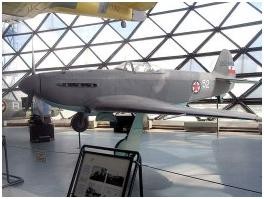
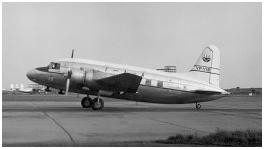
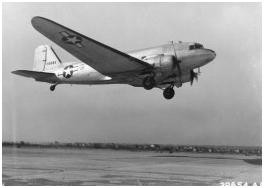
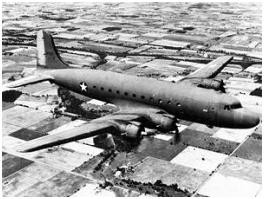




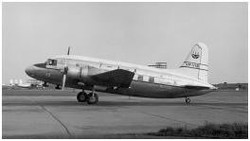

 Crêpes and Crêpe Disheson 09/14/2016
Crêpes and Crêpe Disheson 09/14/2016
 About Me - Liam Beanon 11/28/2014
About Me - Liam Beanon 11/28/2014
 About Ebolaon 11/08/2014
About Ebolaon 11/08/2014

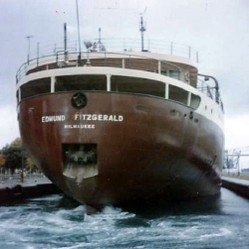

Comments